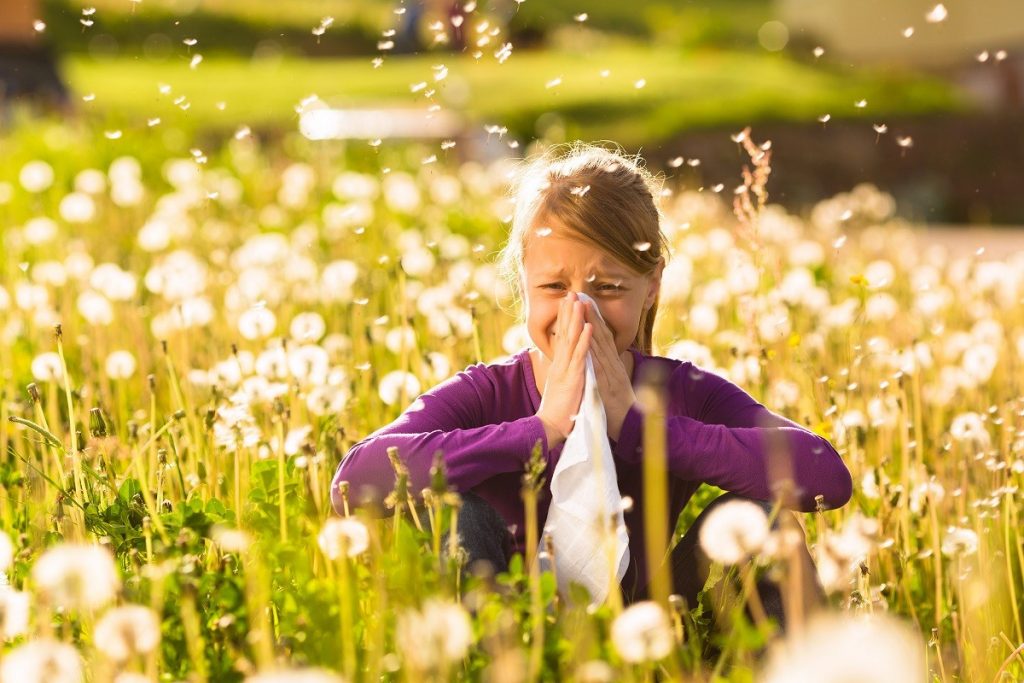An allergy can be associated with any number of things including pets, flowers and foods. Even people who don’t have allergies in their families are often familiar with common causes. But there are some less well known, such as solar urticaria, or sun allergy.
The allergy often begins around the age of 30-35. Sufferers have sometimes had no experience with allergies prior to the onset. It manifests itself on unprotected areas of the body, most typically the arms, as hives.
Hives
Hives are welts on the skin, splotches that may appear as a fine rash but more commonly occur as larger spots about the size of a dime. Regardless of the size, they itch.
After the first emergence of the hives from a sun allergy, the frequency, intensity and duration of the hives are all likely to increase. They typically begin to appear in more places, such as the neck and upper chest, perhaps even on the legs.
Eliminating other possible causes of the rash is the first step in getting a diagnosis of solar urticaria. Possible triggers other than the sun are medications including antibiotics, some viruses and illnesses, and sometimes foods. If the source of the hives can’t be tied to such a trigger, however, then a sun allergy is most likely.
A sun allergy can be debilitating. Logical solutions to the issue, covering up with thin clothing, using sunscreen, going out only in early morning or late afternoon hours, often aren’t very helpful.
Remedies
But there are some possible remedies for those with a sun allergy. Using a more powerful sunscreen may be helpful. Look for an SPF of at least 70 for possible protection.
Antihistamine
Another possibility is an antihistamine. Loratadine, found in OTC medications like Claritin and Alavert, have shown the most promise for preventing solar urticaria. While other antihistimines like Benadryl may also help prevent the hives, the drowsiness that is so often a side effect makes products with Loratadine more appropriate for the sun allergy sufferer.
Doctor
A visit to the doctor may also provide some relief from a sun allergy. Immunosuppressants are sometimes effective because the solar urticaria is caused by an over-reaction of the immune system.
Patients who have tried this therapy often find it helpful against the hives but discontinue use due to the side effects. Besides the immune system, these drugs may affect blood pressure and metabolism as well as kidney and liver.
A dermatologist may offer the best hope against solar urticaria. The phototherapy procedure used by a dermatologist can desensitize the skin, reducing or eliminating the appearance of the hives.
Combination of other measure
If these more extreme measures are not plausible or are not effective, using a combination of other measure should afford some relief. Using a strong sunscreen, covering as much of the body as possible, remaining in shaded areas as much as possible, and staying outside for a limited amount of time do allow someone with a sun allergy to leave the house.
Solar urticaria can be a difficult condition to cope with, but it doesn’t have to be incapacitating. While current medical means are not effective for all sufferers, some are able to resume a normal life. A sun allergy doesn’t have to turn sufferers into vampires.

